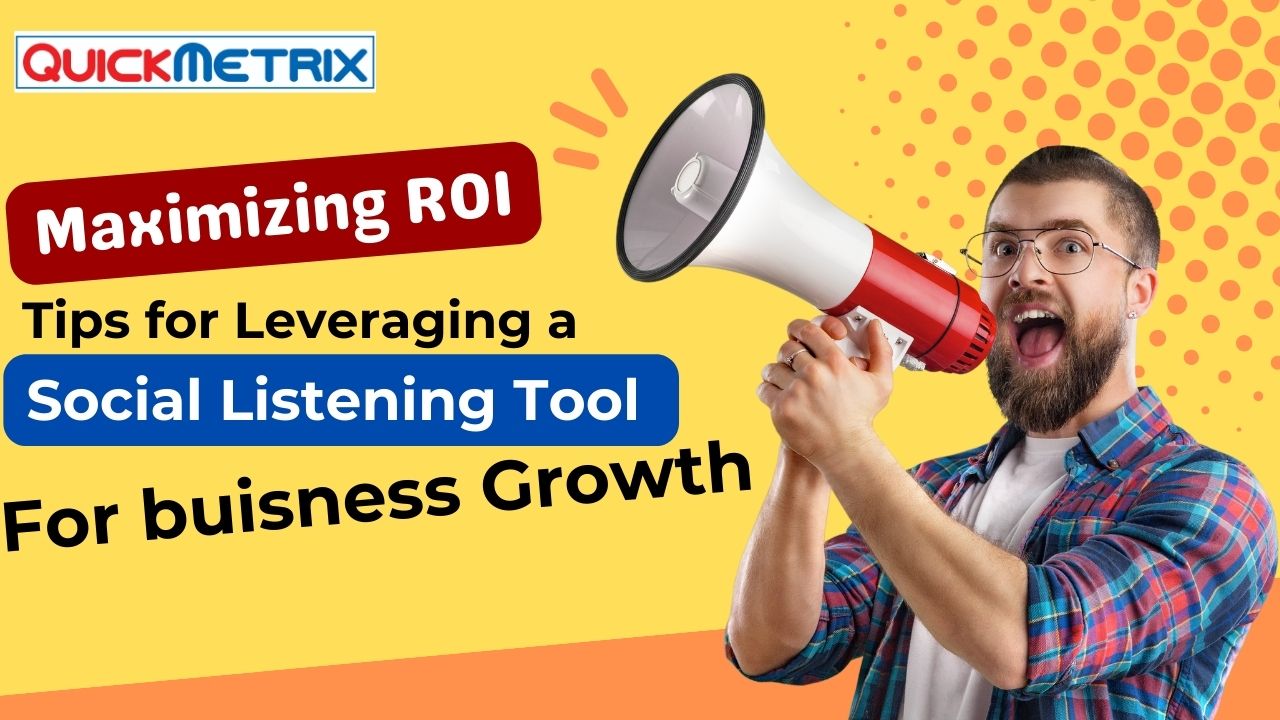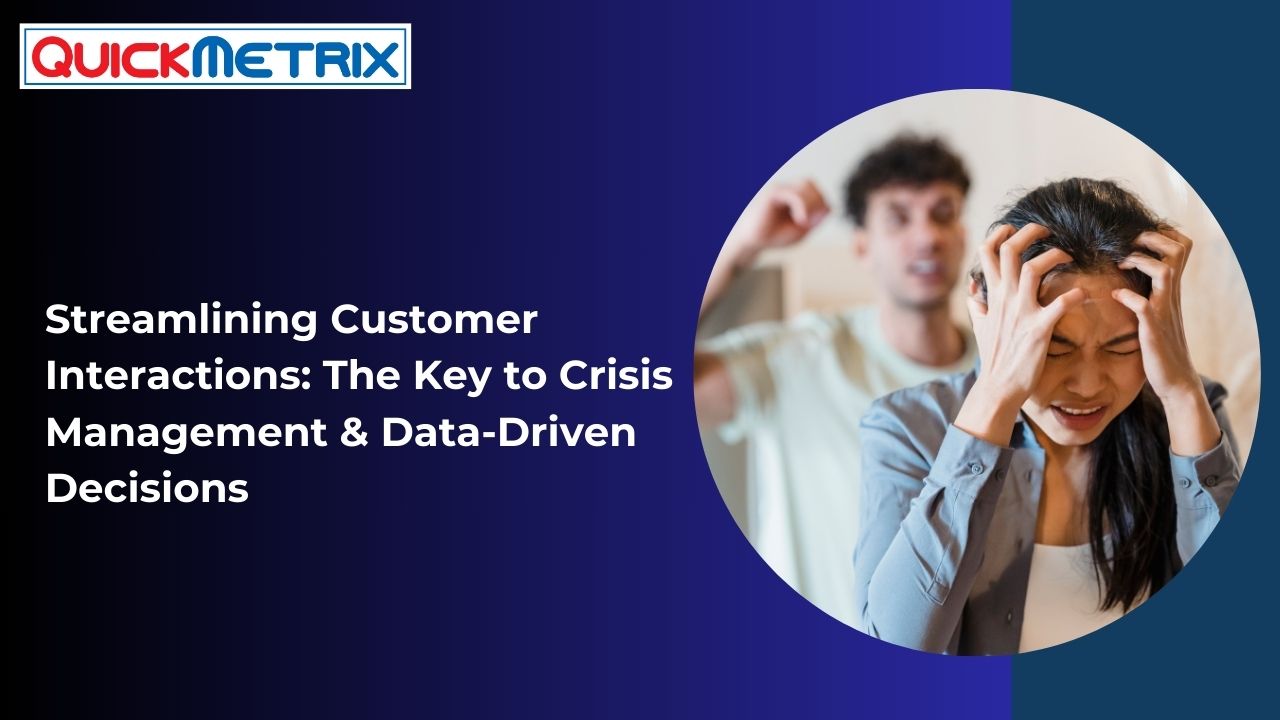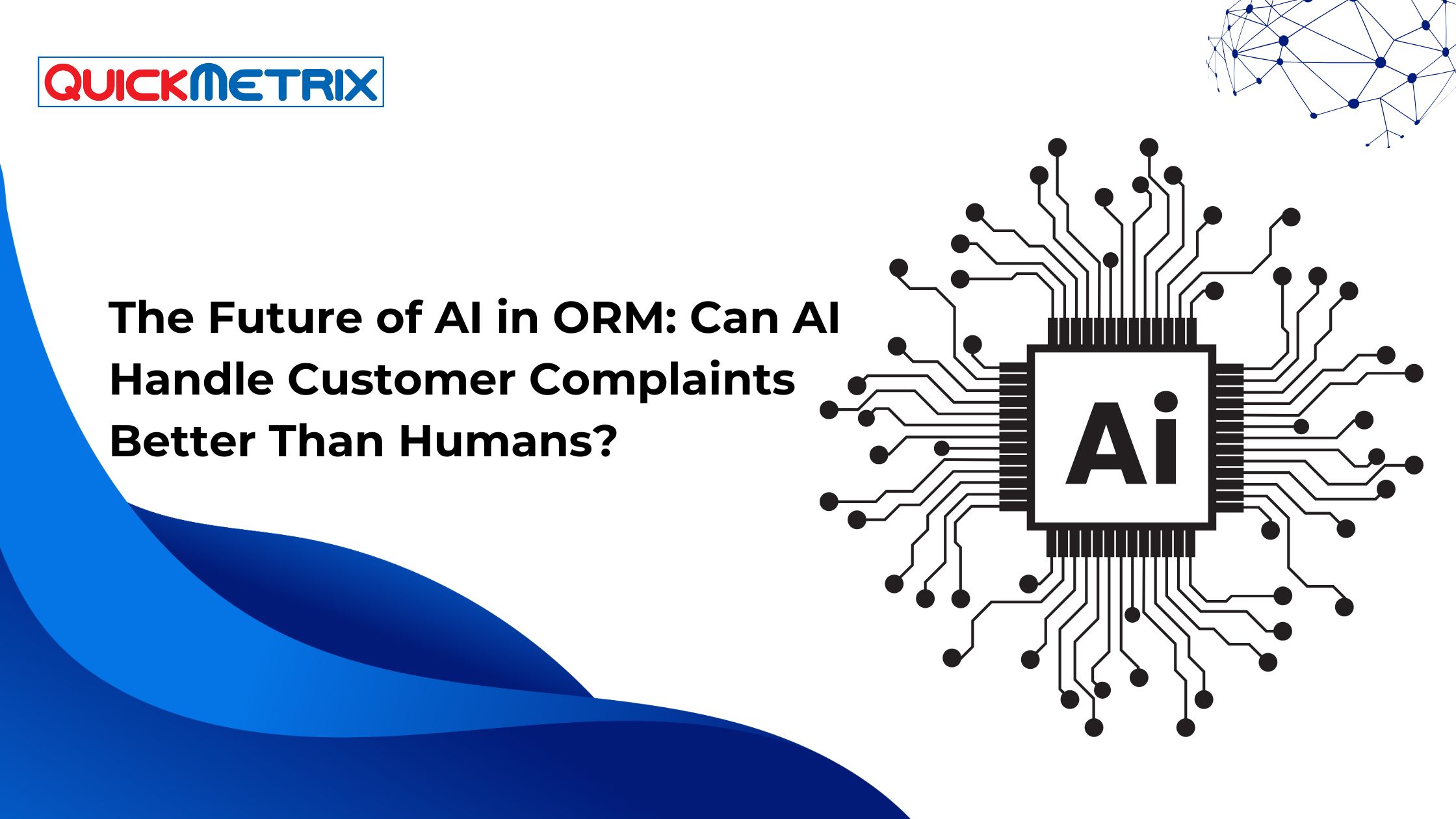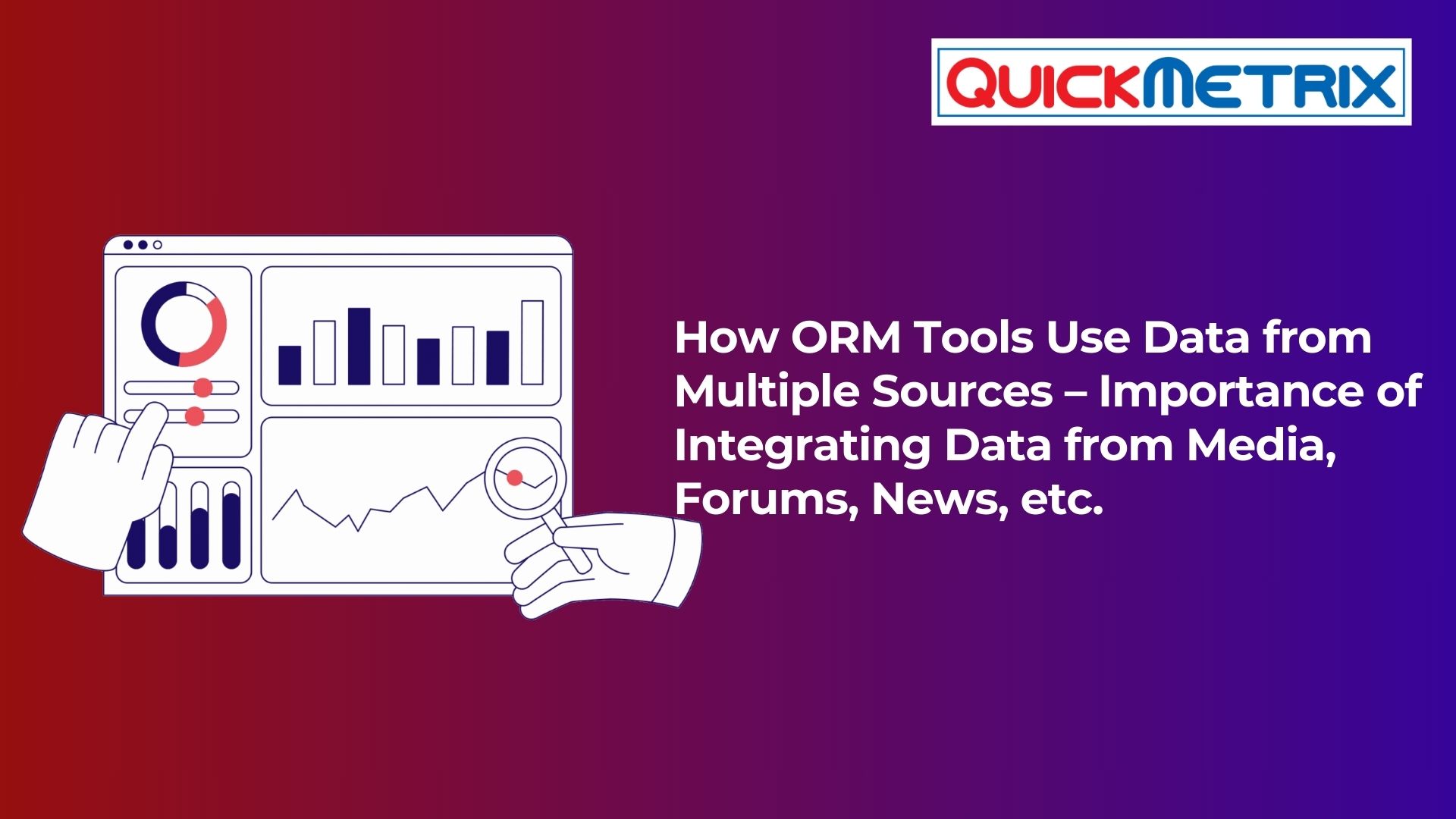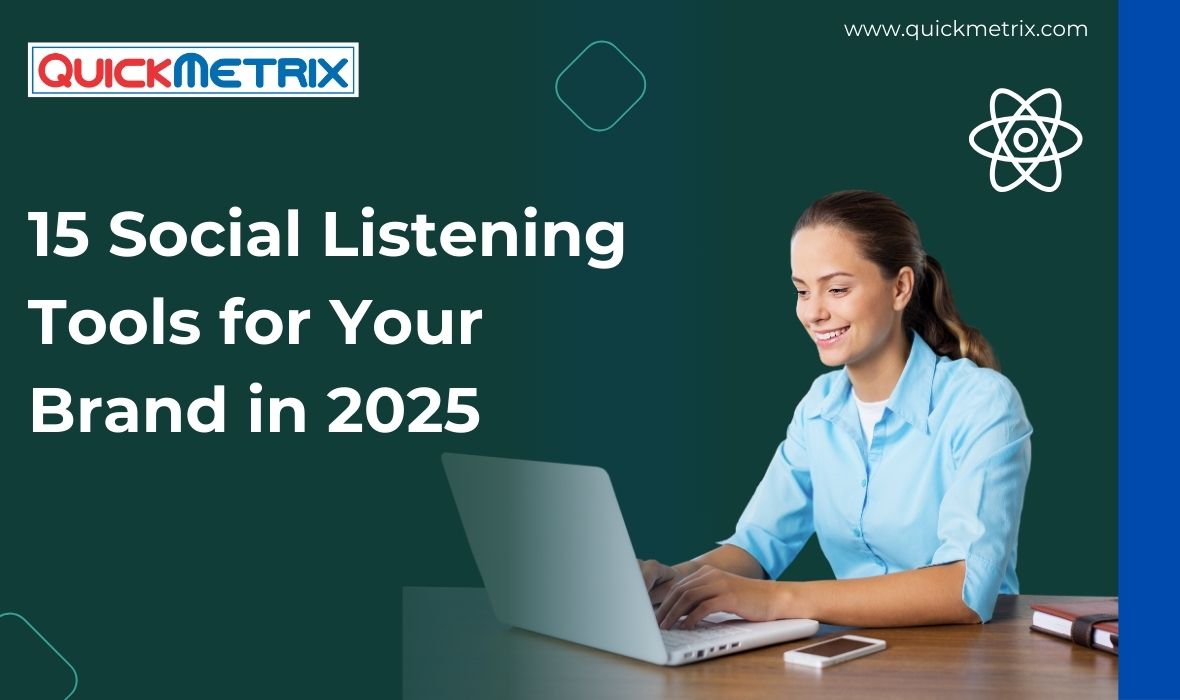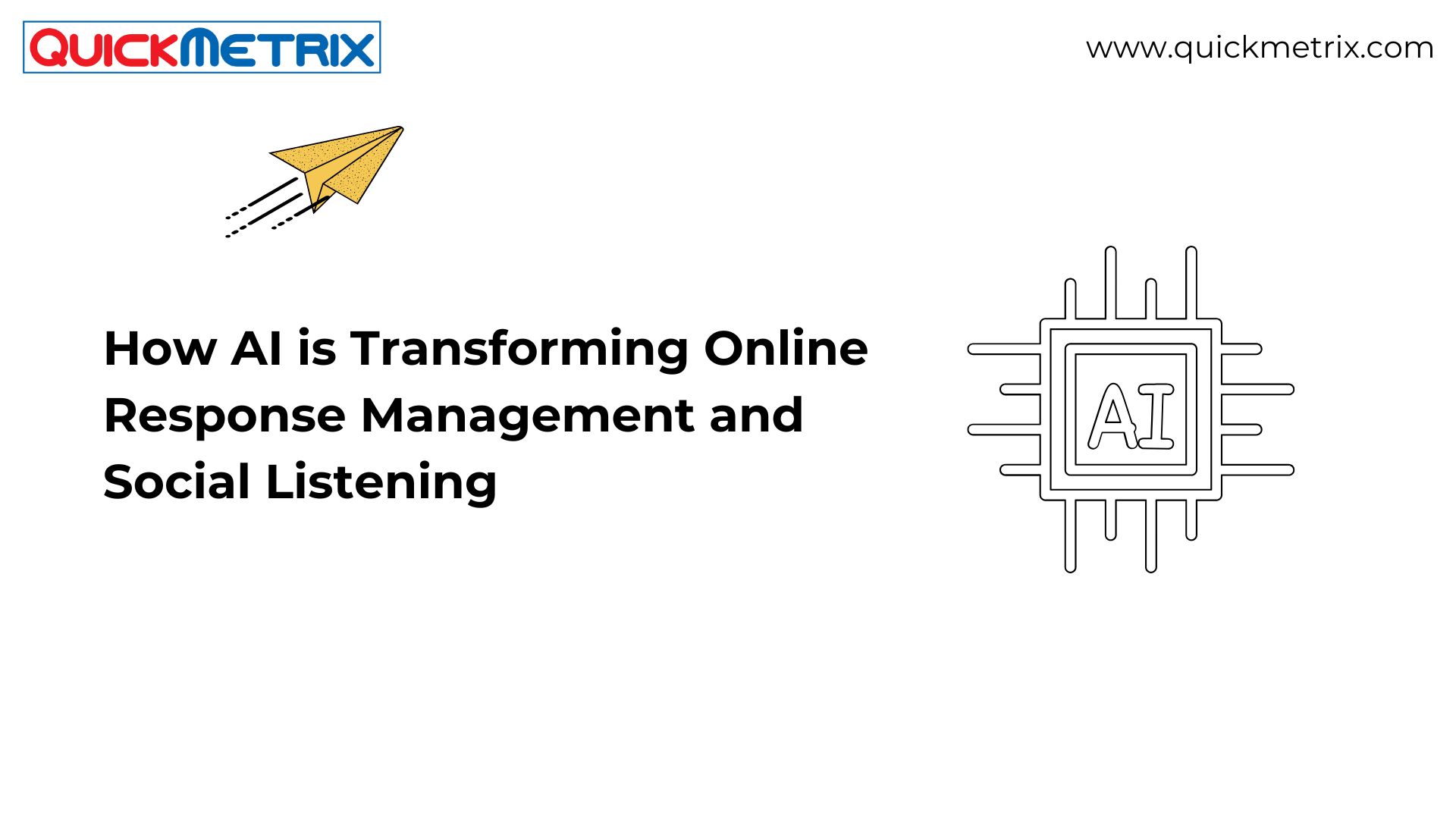Driving Business Growth: Unlocking the Power of Social Listening Tools
Understanding Social Listening Tools
Social listening tools are platforms or software that allow businesses to monitor, analyze, and engage with conversations and discussions happening on various social media channels. These provide valuable insights into customer sentiments, industry trends, and competitor activities.
What are Social Listening Tools?
Social listening tools are designed to gather data from social media platforms and other online sources to provide businesses with a comprehensive understanding of how their brand is perceived, what customers are saying, and what competitors are doing. These tools use advanced algorithms to analyze vast amounts of data and extract actionable insights.
Why Are Social Listening Tools Important for Business Growth?
Social listening tools play a crucial role in helping businesses make informed decisions by providing real-time feedback and trends. By understanding customer sentiments, businesses can tailor their marketing strategies, improve customer service, and stay ahead of competitors.
Key Features to Look for in a Social Listening Tool
When selecting a social listening tool, businesses should consider features such as sentiment analysis, competitor tracking, influencer identification, real-time monitoring, and reporting capabilities. These features will help businesses maximize the value they derive from social listening efforts.
Leveraging Social Listening for Customer Insights
Identifying and Understanding Customer Sentiment
One of the primary benefits of social listening is its ability to track and analyze customer sentiment towards a brand or product. By monitoring conversations and comments, businesses can identify trends, issues, and opportunities to better serve their customers.
Tracking Competitor Activity and Industry Trends
Social listening tools enable businesses to keep a pulse on competitor activities and industry trends. By monitoring competitor mentions and industry keywords, businesses can stay updated on the latest developments and adjust their strategies accordingly.
Improving Customer Service Through Proactive Listening
By actively listening to customer feedback and addressing concerns in real-time, businesses can enhance their customer service and build stronger relationships with their audience. Social listening tools make it easier to identify issues and respond promptly.
Maximizing ROI with Effective Social Listening Strategies
Setting Clear Objectives and KPIs
To ensure a successful social listening strategy, businesses need to define clear objectives and key performance indicators (KPIs). Whether it’s increasing brand awareness, improving customer satisfaction, or generating leads, having specific goals will guide the implementation process.
Optimizing Content Strategy Based on Insights
Social listening data can provide valuable insights into what type of content resonates with the target audience. By analyzing engagement metrics and sentiment analysis, businesses can optimize their content strategy to drive better results.
Integrating Social Listening with Other Marketing Channels
To maximize ROI, businesses should integrate social listening insights with other marketing channels such as email campaigns, SEO, and influencer partnerships. By aligning different channels, businesses can create a cohesive strategy that delivers consistent messaging and branding.
Measuring and Analyzing Results
Choosing the Right Metrics to Track ROI
Businesses should track relevant metrics such as engagement rates, sentiment analysis, brand mentions, and customer response time to measure the impact of their social listening efforts. By focusing on actionable metrics, businesses can make data-driven decisions.
Using Data Analytics to Gain Actionable Insights
Data analytics tools can help businesses extract valuable insights from the vast amount of data collected through social listening. By leveraging data visualization and advanced analytics, businesses can uncover trends, patterns, and opportunities for optimization.
Adjusting Strategies Based on Performance
Regularly reviewing performance metrics and analyzing results can help businesses identify areas for improvement and adjust their strategies accordingly. By staying agile and responsive to feedback, businesses can continually refine their social listening efforts.

Implementing Best Practices for Long-Term Success
Building a Cross-Functional Social Listening Team
Effective social listening requires collaboration across different departments, including marketing, customer service, and product development. By involving key stakeholders, businesses can ensure a holistic approach to leveraging social listening data.
Continuous Monitoring and Iteration of Strategies
Social media trends and consumer behaviors are constantly evolving, making it crucial for businesses to monitor and adapt their strategies continuously. By staying proactive and agile, businesses can stay ahead of the curve and capitalize on emerging opportunities.
Staying Updated on Social Media Trends and Tools
To remain competitive, businesses must stay abreast of the latest social media trends, tools, and best practices. By attending industry events, following thought leaders, and engaging with social media communities, businesses can stay informed and adapt to changing landscapes.
Summary
In conclusion, businesses can drive growth and maximize ROI by leveraging the power of social listening tools. By understanding customer sentiments, tracking competitor activities, and integrating insights into their overall strategy, businesses can make informed decisions that lead to sustainable growth and success.
FAQs
How can social listening tools benefit small businesses?
Social listening tools can provide small businesses with valuable insights into their target audience, competitor activities, and industry trends, helping them make data-driven decisions and improve their overall performance.
What are some common mistakes businesses make when using social listening tools?
Common mistakes include using the wrong tool for their needs, lacking clear objectives, and failing to integrate social listening insights into their broader marketing strategy. It’s crucial for businesses to align their social listening efforts with their overall goals.
How often should businesses review and adjust their social listening strategies?
Businesses should regularly review their social listening strategies based on performance metrics, market trends, and customer feedback. By staying proactive and responsive, businesses can optimize their social listening efforts for maximum impact and return on investment.
Remember, social listening is not just about monitoring conversations—it’s about actively engaging with your audience, learning from their feedback, and using those insights to drive meaningful change in your business. By following the tips and best practices outlined in this blog post, businesses can unlock the full potential of social listening tools and propel their growth in today’s digital landscape.
Top Social Listening Tools in 2025: Why QuickMetrix Deserves Your Attention
In the world of digital marketing, conversations are currency. ...
Read More9-key-things-to-consider-before-choosing-an-best-orm-tool (Online response management tools)
IntroductionIn today's hyper-connected world, a single unresolved tweet or ...
Read MoreStreamlining Customer Interactions: The Key to Crisis Management and Data-Driven Decisions
Streamlining Customer Interactions: The Key to Crisis Management and ...
Read MoreSocial Listening for Financial Services: How Banks & FinTechs Stay Ahead
Introduction to Social Listening in Financial Services Definition ...
Read MoreThe Journey of QuickMetrix: Insights from Surendra Baliga on Building a Successful SaaS Business
The entrepreneurial journey is often filled with challenges, learning ...
Read MoreMastering the Market: How to Use Social Listening Tools for Real-Time Competitor Analysis
1. Introduction to Social Listening Tools1.1 What is Social ...
Read MoreHow to Get the Most Out of Social Listening Tools and Why Businesses Invest in Them
How to Get the Most Out of Social Listening ...
Read MoreListening to the Noise: How to Monitor Conversations That Matter to Your Brand
Understanding the Importance of Monitoring Brand Conversations 1.1 The Role ...
Read MoreThe Future of AI in ORM: Can AI Handle Customer Complaints Better Than Humans?
I. Introduction to Online Response Management (ORM)/ Online reputation ...
Read MoreHow ORM Tools Use Data from Multiple Sources – Importance of Integrating Data from Media, Forums, News, etc.
What is ORM ToolsOnline response Management (ORM) tools are ...
Read MoreTop Features to Look for in an ORM Tool for B2B Companies
Top Features to Look for in an ORM Tool ...
Read More2025 Digital Marketing Predictions: What’s Next for Brands?
2025 Digital Marketing Predictions: What’s Next for Brands?IntroductionDigital marketing ...
Read More15 Social Listening Tools for Your Brand in 2025
Why Social Listening Matters A winning social media strategy starts ...
Read MoreCreating a Seamless Customer Experience with Integrated ORM Solutions
Creating a Seamless Customer Experience with Integrated ORM SolutionsI. ...
Read MoreNavigating PR Crises: The Essential Role of ORM Tools for Brands
Understanding ORM: The Basics Definition of ORM (Online ...
Read MoreHow AI is Transforming Online Response Management and Social Listening
Introduction to Online Response Management Definition and ImportanceOnline ...
Read MoreYour Unified Customer Engagement Manager
Online reponse Management. AI Chatbot. Social Listening & Analytics. Social Media Publishing. Command Centre. Crisis Management. Complete Omnichannel Solution. Social CRM. All in one
